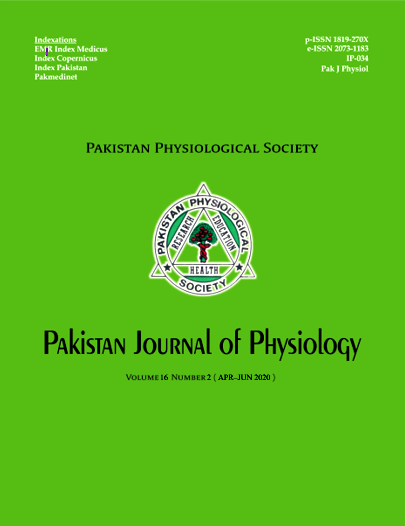Peer assisted learning (PAL): views and perspectives
DOI:
https://doi.org/10.69656/pjp.v16i2.1215Keywords:
Peer Assisted Learning, PAL, Peer Leaders, Peer learnersAbstract
Background: Peer Assisted Learning (PAL) is a student-centric learning method in which selected students (peer leaders, PLs) assume the role of teachers after proper training to teach their fellow-mates. Aim of this study was to know viewpoints of facilitators, PLs and peer learners (Pls) about PAL model introduced in Gastrointestinal module for year 1 medical students at Aga Khan University. Methods: Three focused group discussions (FGDs) were conducted to acquire opinion of facilitators, PLs and Pls. Written informed consent was acquired from all participants, FGDs were conducted for 40 to 60 minutes, audio recorded and transcribed. The opinion was acquired from 3 faculty members, 9 Pls and 10 PLs. Results: All participants agreed to usefulness of PAL for teaching and learning. The model developed better understanding and clarification of different concepts and flourished leadership and communication skills in PLs. The Pls were indeed more comfortable and less hesitant in asking questions from the PLs compared to faculty members. They got engaged in open discussions with PLs and cleared their concepts much more effectively. The PLs were very enthusiastic about the project and mentioned that the training sessions and mock labs helped them to clear their own concepts. Conclusion: This mode of teaching promoted active engaged learning, better understanding of knowledge and active participation between both groups of students. The model developed professional attitude and leadership qualities in PLs. It enhanced psychomotor skills and cognitive development not only in PLs but also stimulated that in the learners.
Pak J Physiol 2020;16(2):30?3
Downloads
Downloads
Published
How to Cite
Issue
Section
License
The author(s) retain the copyrights and allow their publication in Pakistan Journal of Physiology, Pak J Physiol, PJP to be FREE for research and academic purposes. It can be downloaded and stored, printed, presented, projected, cited and quoted with full reference of, and acknowledgement to the author(s) and the PJP. The contents are published with an international CC-BY-ND-4.0 License.











